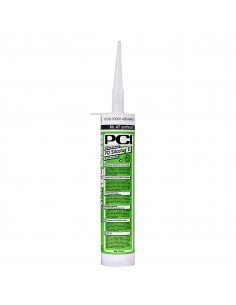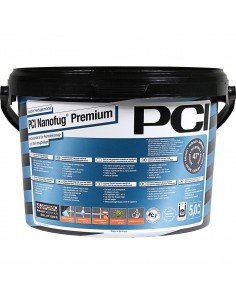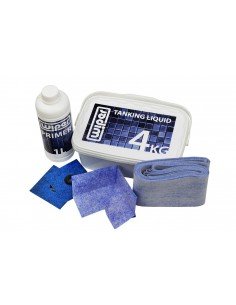- Alex D.
- Shower drains
- 975 views

Filling the joints between the tiles is the culmination of tiler work. It is important that the sealing work is done precisely, accurately and neatly, because it is a basic condition for obtaining the expected, optimal protection.
Tile grouts are an important finishing material. They occur in many varieties, they are divided depending on the chemical composition, which in turn determines their use. We mentioned their importance in the article on epoxy grout, where all the necessary information on it is described. This time we will discuss the SILICONE grout.
When choosing a silicone grout, we must check what the recommendations for its use are. A well-chosen grout guarantees uniformity of the color of the joint, protects against penetration of water into the joint, makes it easier to clean, and protects the edges of tiles from cracking or other damage.
Silicone is most often used where stresses can break joints, e.g. corners, dilatations and all elements not permanently connected to the structure of walls and floors, such as bathtubs or shower trays.
The basic division of silicones:
• Acetate silicones - during application, they can be recognized by the smell itself, as vinegar is clearly perceptible. It may react with some metals, materials with lime in the composition, so be especially careful when working with it. Acetate silicones have poor adhesion to acrylic and other plastics. Therefore, we do not recommend using it to seal joints in an acrylic bathtub or acrylic shower tray, as it will not be strong enough.
• Neutral silicones - they are odorless, with a chemically neutral composition. They do not react with any materials.
In addition to the above division, the most characteristic in construction include.
• Universal silicone (acetate)
• Sanitary silicone (acetate)
• Sanitary silicone (neutral)
• Construction silicone
• Glass silicone
• Assembly silicone
• Roofing silicone
• High-temperature silicone
• Stonemasonry silicone
Silicone joints most often appear in cartouches, ready for use. They are watertight, have a high resistance to mold, high temperature and chemical agents. They also have fungicidal properties. They are the best material to be used when connecting the wall with the floor as well as to replenish the free spaces at the sanitary facilities.









